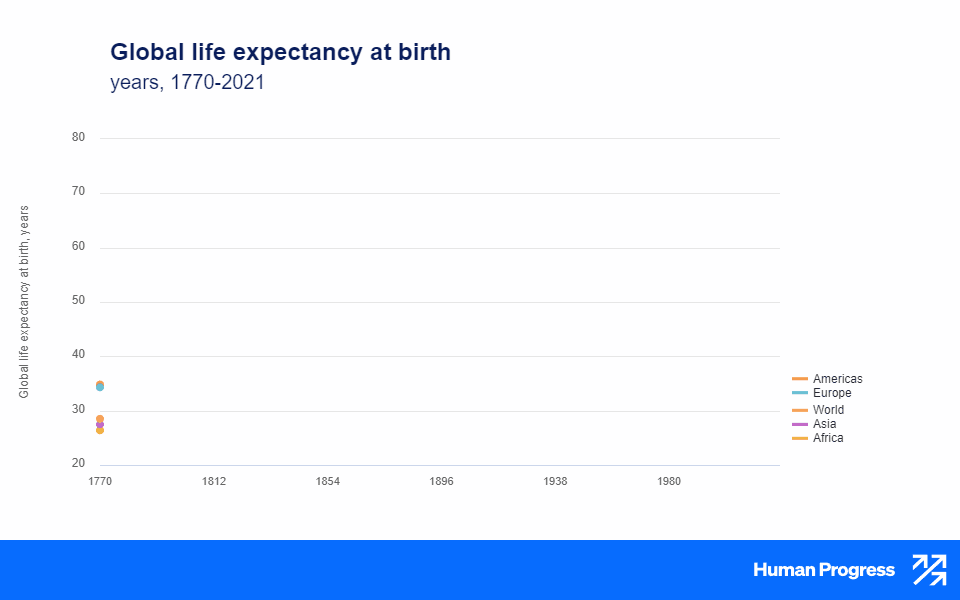Summary: The language we use to talk about the climate reflects our attitudes and actions towards it. This article explores how the buzzwords particular to today’s environmental movements have evolved and influenced public perception and policy. It also suggests some new terms that could help us envision a more prosperous and sustainable future for humanity and the planet.
It’s a long-raging debate: How much does the language you speak influence the way you think? According to the linguistic relativity hypothesis, a language’s grammar or vocabulary creates a particular way of thinking, which shapes the world of the speaker.
Then there’s Shakespeare’s philosophy—“a rose by any other name would smell as sweet”— which says that language does not determine thought but that the ideas that are represented clearly by words enable speakers to consider those concepts more easily.
How does this apply to talking about the environment?
The debate around how to describe climate change has also been raging for some time. When I was a child, we called it “global warming.” It was then called “climate change.” During my time with Extinction Rebellion’s media and messaging team, where we worked out what language would most influence people, we chose and popularized the terms “climate emergency,” “net zero,” “climate and ecological crisis,” “mass extinction,” and “tipping points” and the phrase “system change, not climate change,” among others.
Language can make us think differently about things, and activists are great at using it to achieve their aims. Within a few months of our team pushing the new terminology, governments around the world declared climate emergencies and set net zero targets, newspapers announced that they would use less passive language when reporting on climate change and use the terms “crisis” and “emergency” instead of “climate change.” Even Scientific American published an article explaining why it decided to adopt the term “climate emergency.”
In some ways this was a much-needed shift: it gave people agency to talk about climate change in a way that they couldn’t before, when they had only scientific jargon at their disposal. Facts don’t always speak for themselves, so boiling down ideas to simple concepts can achieve much more than making someone read scientific papers. Also, disinformation campaigns have played a part in misleading people for decades—from frightening them against nuclear energy to confusing them about climate science. Therefore, it’s unsurprising that a clear narrative around climate change was well-received by journalists and politicians alike.
However, what hasn’t been debated enough is the purpose of this change of language. Activists who popularized the terms intended to alert and alarm people, even to worry and frighten them. How does that solve any of the world’s problems? People were quick to adopt the language, but few asked whether it was the best language to adopt.
It should be concerning that the language we now use to describe important global issues comes from a small group of activists who believe that humankind is doomed, who often fear technological solutions and suffer from technophobia, and who also believe in degrowth and long-debunked theories of “overpopulation.” It came from the same activists who tell stories of three-eyed fish to shut down nuclear power plants, misinform people against life-saving genetically modified organism technologies, and scare parents against vaccinating their children.
For many decades, nongovernmental organizations and social movements have made strategic use of science to promote their ideological stances and influence political and economic decision-making. Unfortunately, much of the language and storytelling used has been dystopian, frightening, and against scientific consensus.
The crux of the issue is that the ideology behind the words that alert and alarm us is the belief that humans are bad, that we got it wrong, and that we are to blame for environmental destruction, which we will be punished for.
This is the original sin tale for the traditional environmentalist, whose god is that which is perceived as “natural.” Of course, this term is entirely meaningless since nothing is truly natural (or everything is). Natural disasters are often deadly to life on Earth. Childhood diseases are technically natural, which means that for some environmentalists, vaccines are bad. Weather is natural; therefore some people consider solar and wind good but nuclear energy bad (despite the fact that atoms make up everything).
These ideas have influenced people widely, even those who do not consider themselves to be environmentalists. Many people feel responsible for what they believe to be the negative state of the world. They feel guilty about their lifestyles, about using electricity, and even about having children. They feel anxious about the future.
But this is all a lie fueled by clever activist messaging. In fact, humankind has never had it so good, and while we have created some problems, they can be solved.
In the study of science communication, activists are known to draw on the “symbolic legitimacy” of science to attain credibility while making strategic use of science to achieve their aims. As the authors note, “Activism can also oppose or even threaten scientific legitimacy. Civic protests against potentially risky or ethically contested scientific or technological developments such as genetic engineering, nuclear research or nanotechnology are relevant examples. The strategic (mis)use of science or the use of counter science by social movements (e.g., anti-vaccine campaigns) draws attention to the critical role that activism can play for science communication.”
This is a dangerous game, because the environmental movement that idolizes poverty and abhors progress has led the charge with rebranding environmental messaging.
Humans are prone to negativity bias, which means that we are more likely to remember and recollect bad news. Emotive language that is upsetting is more likely to impact us and stay with us. We were told to panic. The terms “crisis” and “emergency” became widely popular, but have they solved anything? Were they intended to?
The language we are now using to talk about climate change is also helping to fuel eco-anxiety in children: a 2021 survey of 10,000 young people between 16 and 25 years old across 10 countries found that more than 50 percent of respondents reported feeling sad, anxious, angry, powerless, helpless, and guilty, and 56 percent of respondents felt that “humanity is doomed.”
Language may not shape our worlds as much as some linguists previously believed, but it does affect the way we respond to current challenges.
Doomerism is not going to solve climate change, end poverty, or tackle air pollution. It is not going to lead to building more clean energy or air conditioning units to cool people through hot summers or anything else. Language that alarms but does not inspire may not be as helpful as many media outlets and world leaders have been led to believe.
In my work promoting the benefits of nuclear energy, I have popularized terms that were unheard of when I began my advocacy work. “Nuclear saves lives. Nuclear workers are climate heroes. Nuclear is zero carbon.” I have tried to tell positive stories about clean energy and inspire people to imagine living with an abundance of energy over scarcity. Fighting against the tide has been successful in many ways, but it has not yet been enough to propel the world into action.
For example, roughly 90 percent of homes are air-conditioned in the United States, compared to only 5 percent of European homes. With already hot summers across Europe and now increasing heat waves, talk of crises or emergencies will not make air conditioning units more affordable for homes and businesses. Yet indoor temperatures, even in heating climates, are things we can control easily. These are life-saving actions that we can carry out now. But few politicians, activists, and nongovernmental organizations mention this simple fact, despite using strong language about the need to act. And, of course, to keep all those air conditioners working, we’re going to need a lot of energy, so we should plan to build a lot of nuclear power stations.
Here is the language that we are not yet using widely but need to start using to take us from doomerism to deployment of practical, pro-science solutions: Clean energy solutions. Cool homes. Save lives.
When we think of the future we want to build and the world we want our children to inherit, we need to use language that points to solutions and to ensure that the ideology behind the language is not technology-averse or apocalyptic. With such language, we can move away from dystopian visions of the future and instead tell better stories—about our past as well as the future. Yes, we made some mistakes, but we also escaped poverty, and we can continue to make the world a better place.
We have been told that our house is on fire. Since we are in this emergency, we need logical thinking and practical steps to combat the problem at hand. Anxious about a heating planet? Nuclear power plants are your metaphorical fire engines. Build a lot of them. Worried about excess heat? Manufacture air conditioning units. Troubled by rising sea levels? Build sea defenses and flood barriers. Thankfully, we have all the solutions available to us already. There isn’t a challenge we can’t rise to if we want to protect as many lives from harm as possible.
Here’s the real story: We can build a high-energy future and live energy-rich lives without causing planetary destruction. We can end energy poverty, eradicate air pollution, and cool the air in our homes, schools, and places of work so that heat-related deaths become uncommon. This may be an ambitious vision, but so what? Dystopian horror stories have consumed enough of our waking hours. To make climate-adapted prosperity a reality, we need to use the language of solutions and reconsider the value of heating up the language we use to alert and alarm people. Perhaps instead, like the world around us, it just needs to chill.



